I was playing with the new Google Maps when I got this silly idea : since it’s a great tool for writers who can’t afford to travel all over the world every time they need to describe a place, why not using it to make some virtual trip to the ancient world? I started some research about the location of the Seven Wonders, did some screen captures, worked on the images a bit to give them a more “antique” look, and here we go:
What is there to say? Even if we tried to review the antique notion of the Seven Wonders and include some monumental wonders from other parts of the world (like Stonehenge, Macchu Picchu, the Great Wall of China, Tiahuanaco and a few others), the Great Pyramid would still be among them. 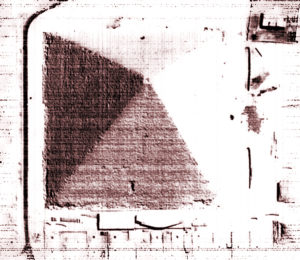
Scattered ruins all over the place, as you can see on the Wikipedia picture of the site. But the satellite view from Google Maps is quite interesting too. 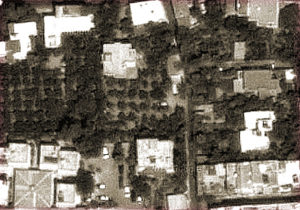
I remember sitting in the port of Rhodes, years ago, contemplating these two sides of the port, trying to imagine how it would have been to see a giant statue, one foot on each extremity, boats passing inbetween his spread legs. Unfortunately, there is nothing left, just the port… 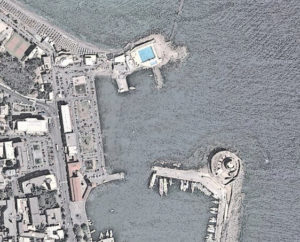
I once walked the alleys of Ephesus, the Greek and Roman city on the shores of the actual Turkey. I wasn’t impressed by the remains of the temple itself, more by the library… and the sewer system, a pure example of Roman architectural genius.
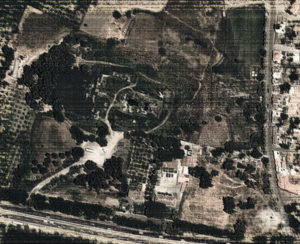
The statue isn’t there anymore and the temple is in ruins. But it is said that Phydias’ masterpiece was truely a wonder.
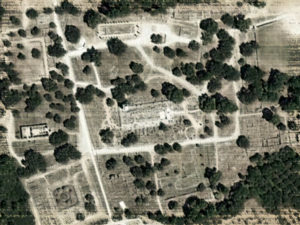
As the base of the tower has been used later to build a fortress, some of the remains of the old tower, the ancestor of all lighthouses, have been discovered by archaeologists in the harbour.
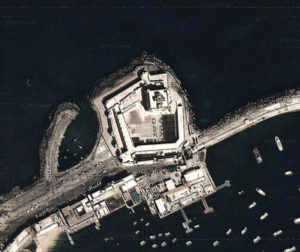
7- Hardest: the Hanging Gardens of Babylon… or is it Ninive?
Until recently, it was a common belief that the Hanging Gardens were in Babylon. But a recent theory, quite well argumented, points out to another Mesopotamian city: Ninive. If you’re interested in the controversy, you can see Ms. Stephanie Dalley’s findings here
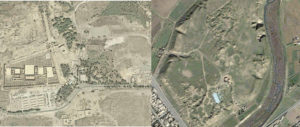







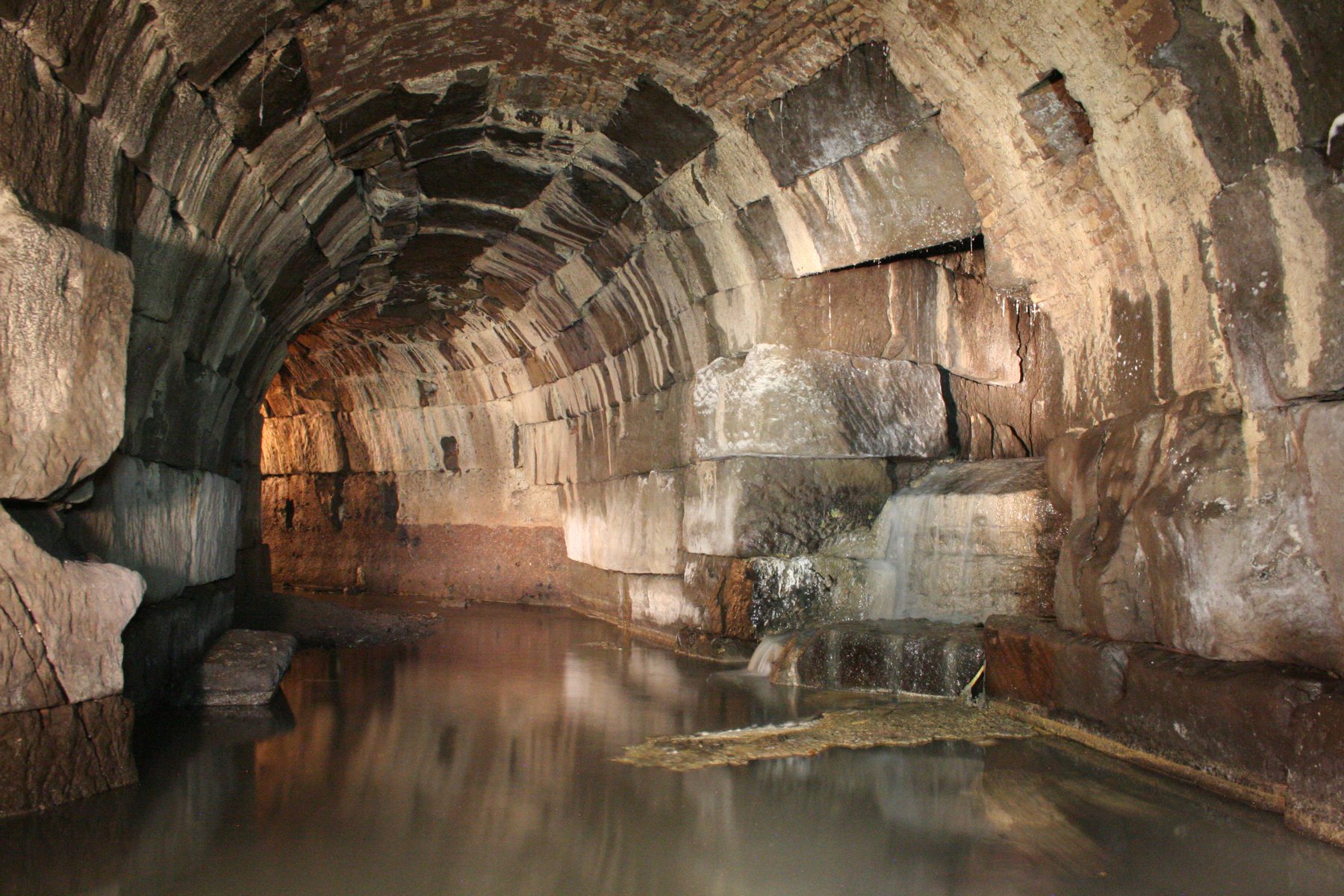
Recent Comments